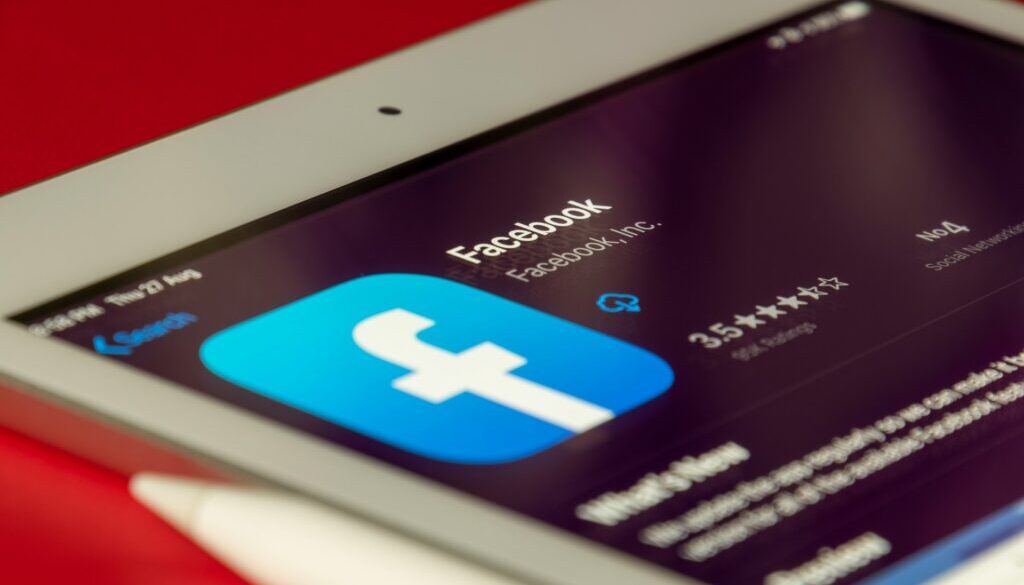A/B Testing Your Facebook Ads: Best Practices and Case Studies
In the fast-paced world of digital advertising, it’s crucial to continuously optimize your Facebook ads for maximum performance. A/B testing is an effective strategy that allows you to experiment with different variations of your ads to determine the most impactful elements. By following best practices and analyzing real-world case studies, you can gain valuable insights into what resonates with your audience and improve the success of your Facebook ad campaigns. In this blog, we will explore the best practices for A/B testing your Facebook ads and showcase some inspiring case studies that demonstrate the power of this optimization technique.
Define Your Testing Objectives:
Before diving into A/B testing, it’s essential to define your testing objectives. Clearly outline the specific elements you want to test, such as ad headlines, visuals, calls-to-action (CTAs), or targeting options. Each test should have a specific goal, whether it’s increasing click-through rates (CTR), boosting conversions, or improving engagement.
By establishing clear objectives, you can focus your testing efforts and measure the impact of each variation accurately.
Test One Variable at a Time:
To ensure accurate results and avoid confusion, it’s crucial to test one variable at a time. If you simultaneously test multiple elements, it becomes challenging to determine which specific change influenced the outcome. By isolating one variable, you can accurately attribute the impact to that specific element.
For example, if you want to test ad headlines, create two identical ads with the same visuals, copy, and targeting, and only change the headlines. This way, you can measure the performance difference between the two variations and identify the winning headline.
Set Up Proper Test Groups:
To conduct a meaningful A/B test, it’s important to have statistically significant test groups. Your test groups should be large enough to provide reliable data. Split your audience randomly into equal segments, ensuring that each segment represents a fair sample of your target audience.
For accurate results, it’s recommended to have at least a few hundred conversions per variation. This ensures that the data collected is statistically significant and reliable for making informed decisions.
Measure Key Metrics:
Measuring key metrics is crucial to evaluate the performance of your A/B tests. Identify the metrics that align with your testing objectives, such as CTR, conversion rate, cost per conversion, or engagement rate. Use Facebook’s ad reporting tools or third-party analytics platforms to track and analyze the data.
By comparing the performance of each variation, you can determine which one outperforms the others and make data-driven decisions to optimize your ads further.
Iterate and Optimize:
A/B testing is an iterative process. Once you have identified a winning variation, iterate and test further to continually improve your Facebook ads. Use the insights gained from your tests to refine other elements of your ads and explore new testing opportunities.
Keep in mind that consumer preferences and market dynamics change over time. Regularly revisit your A/B testing strategy to ensure your ads remain relevant and effective.
Case Studies:
Let’s explore a couple of case studies to see how businesses have successfully utilized A/B testing to optimize their Facebook ad campaigns:
Case Study 1: E-commerce Store
An e-commerce store wanted to increase its conversion rate for a specific product. They conducted an A/B test by creating two variations of the ad. Variation A had a clear and concise product description, while Variation B included a customer testimonial. After running the test for two weeks, Variation B with the customer testimonial generated a 15% higher conversion rate compared to Variation A. The store implemented this winning variation across their ad campaigns, resulting in a significant boost in conversions.
Case Study 2: Mobile App Company
A mobile app company wanted to improve their app install rate. They ran an A/B test on their Facebook ads, testing different visuals and ad copy. Variation A showcased the app’s features, while Variation B highlighted the app’s positive user reviews. The test revealed that Variation B with user reviews had a 20% higher install rate compared to Variation A. The company incorporated user reviews into their ad campaigns, leading to a substantial increase in app downloads and user engagement.
Conclusion:
A/B testing is a powerful strategy for optimizing your Facebook ads. By defining clear objectives, testing one variable at a time, setting up proper test groups, measuring key metrics, and iterating based on results, you can continually improve the performance of your ads and drive better results for your business. Learn from case studies and apply best practices to unlock the full potential of your Facebook ad campaigns.
cheapeasysocial.com




